Composers / Thomas Tellefsen / Routes

Trasa Thomas Tellefsen in Great Britain
During the February Revolution of 1848 in France, King Louis Philippe was deposed, and the capital was plunged into chaos; food was in short supply, and illness was rife. This forced both the royal family and numerous aristocrats to abandon Paris and move to London. For artists, this meant that the French capital lost the ability to support them. Numerous musicians and composers, such as Kallbrenner, Thalberg, Moscheles and Chopin, chose to move to London. Jane Stirling (1804–1859), a student of Chopin from around 1843/44, who belonged to the Stirlings of Keir, a wealthy Scottish aristocratic family, suggested that Chopin relocate to London, promising to find him other students and other activities. It is believed that she also invited Thomas Tellefsen to follow their teacher there. Once in London, Tellefsen found many of his Parisian friends, including Princess Marcelina Czartoryska, to whom he dedicated his Mazurkas, Op. 3. He also met there the man in whose honour he had received his name: the English politician Sir Thomas Dyke Acland (1778–1871).
Thomas Tellefsen and Jane Stirling knew each other well, studying under Chopin at around the same time. They remained friends also after their master’s death, when Jane Stirling continued her education under Tellefsen. His stay in Scotland in 1848 resulted in numerous visits to the country over the following years (1849, 1850, 1851, 1857 and 1869), during which he taught the same group of aristocrats. The riots resulting from the Franco-Prussian War again found him exiled in Great Britain. This time, he stayed there for over two years, from November 1870 to the summer of 1873. The Tellefsens lived in London, where – thanks to the composer's numerous acquaintances – they were soon able to support themselves with lessons and concerts.
-
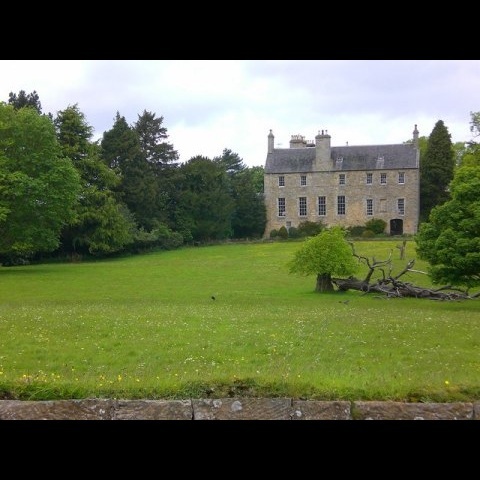
Calder House, Midcalder, phot. Paul Thomson, geograph.org.uk (creative commons)
-
.jpg)
Concert in Hannover Square, 1843, engraving from “The Illustrated London News” (creative commons)
-

Engraving of Hanover Square Rooms in Hanover Square, c1830, Thomas Hosmer Shepherd, (creative commons)
-

Hamilton Palace c. 1880 r. (creative commons)
-

Hull City Hall, photo David Wright (creative commons).
-
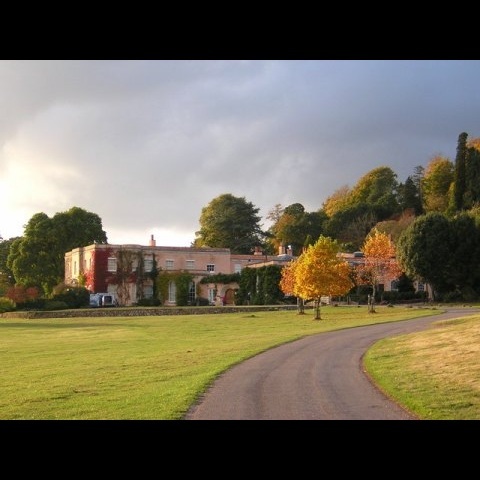
Killerton House in Autumn, phot. Barrie Cann, geograph.org.uk (creative commons).
-
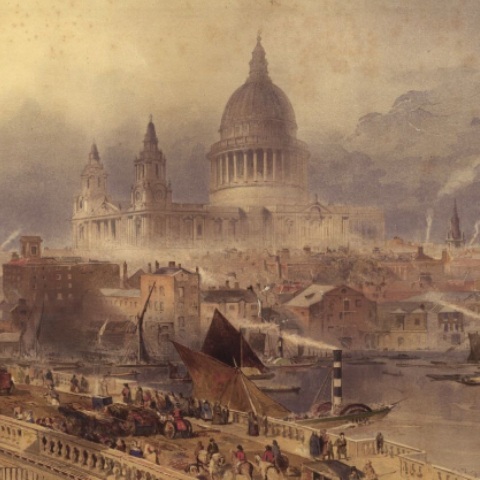
Londyn c.1869, collection: National Digital Library Polona
-
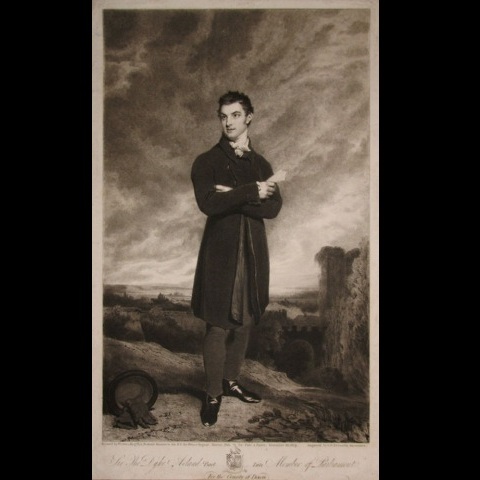
Sir Thomas Dyke Acland (1787–1871) – British peer and politician, mezzotint by Samuel William Reynolds, after William Owen, 1819, National Portrait Gallery (creative commons)
-
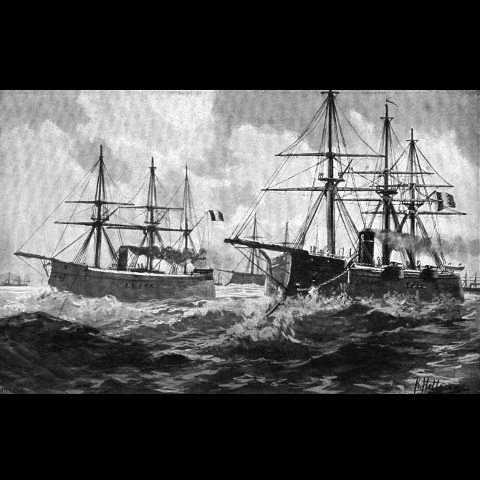
The French Fleet of 1870, in:
-
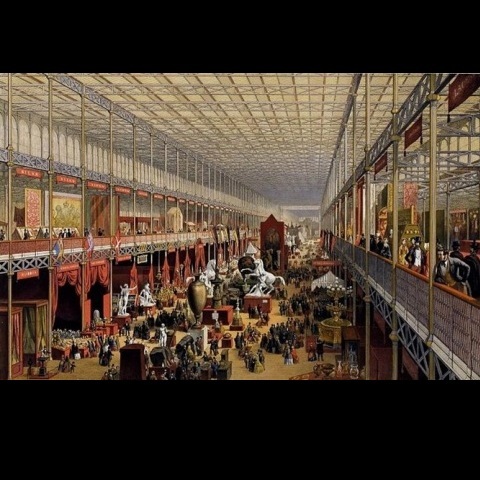
The interior of the Crystal Palace in London during the Great Exhibition of 1851, coloured lithograph, J. McNeven (creative commons)
-

Trafalgar Square with the National Gallery and St. Martin’s Church, 1852, color litograph, Thomas Picken, CBN Polona.
:

Chopin and Tellefsen in London »
4 Panton Street, Haymarket

Hamilton Palace

Royal Society of Arts

London, 13b Porchester Terrace

Hull and Scotland

Livingston, Calder House

Sir Thomas Dyke Acland and Thomas Dyke Acland Tellefsen »
Exeter, Devon, Killerton House